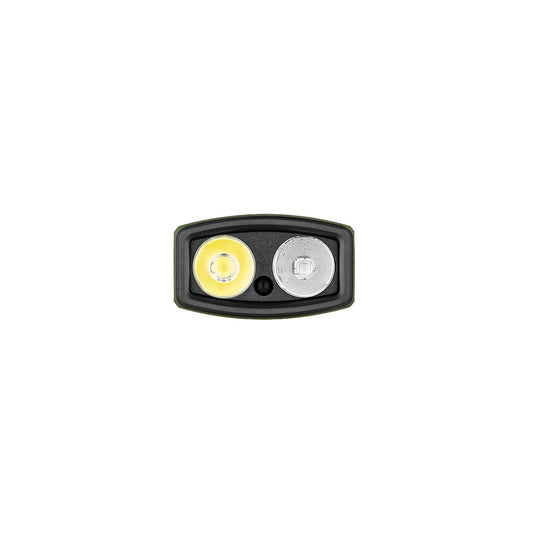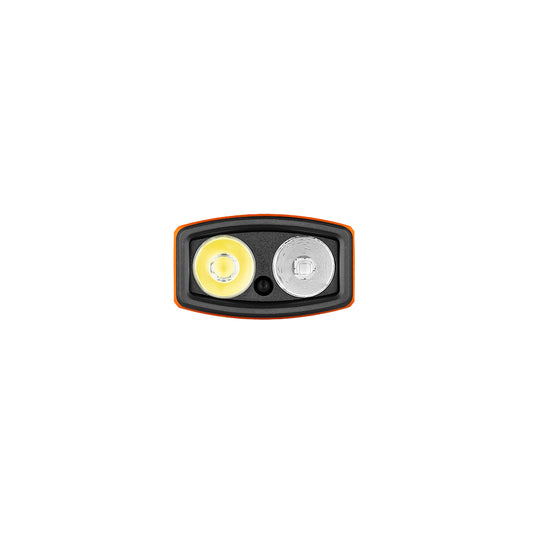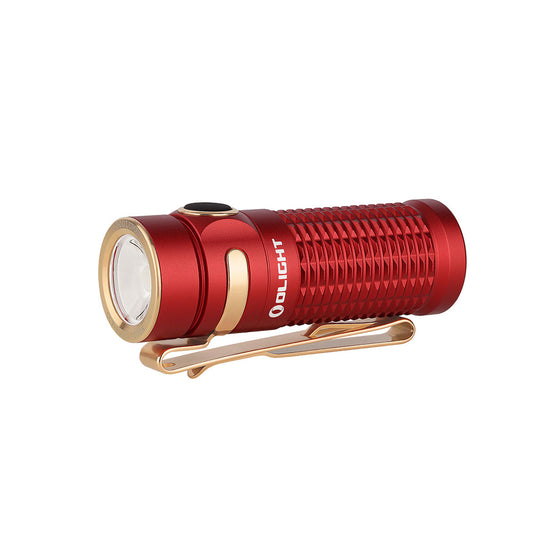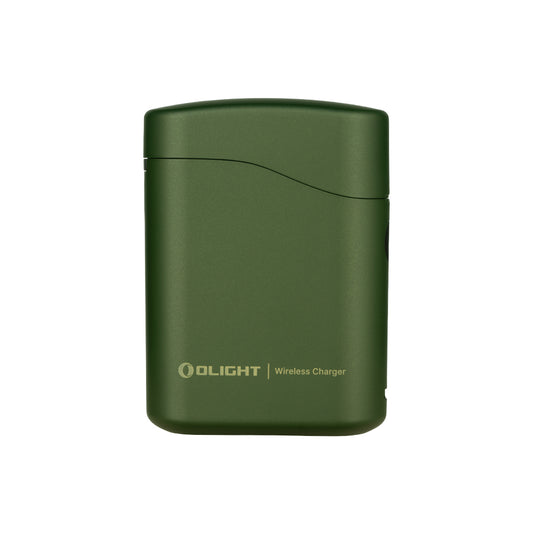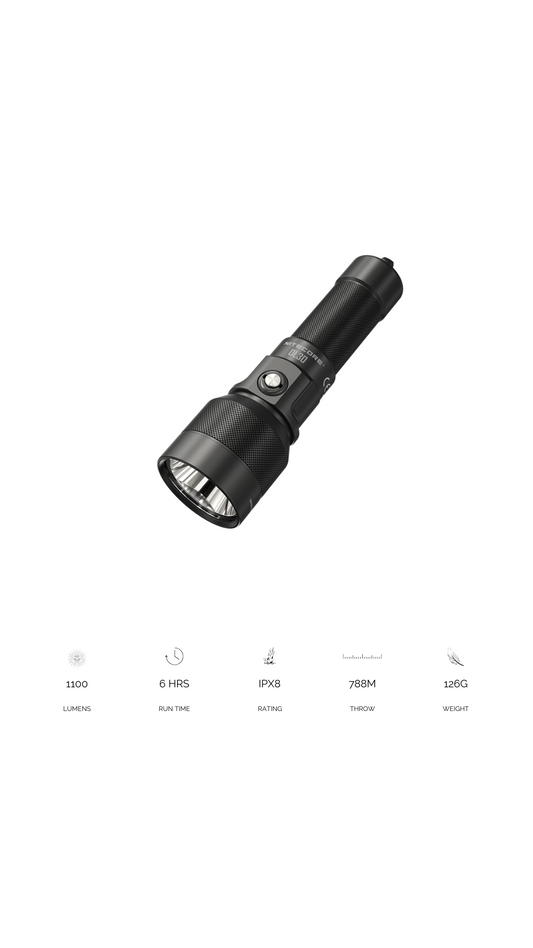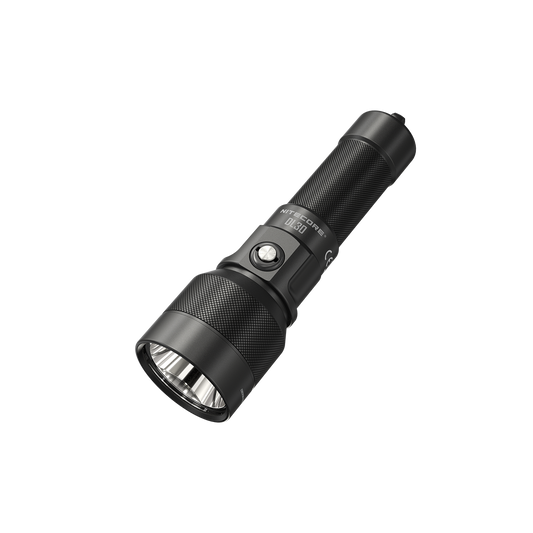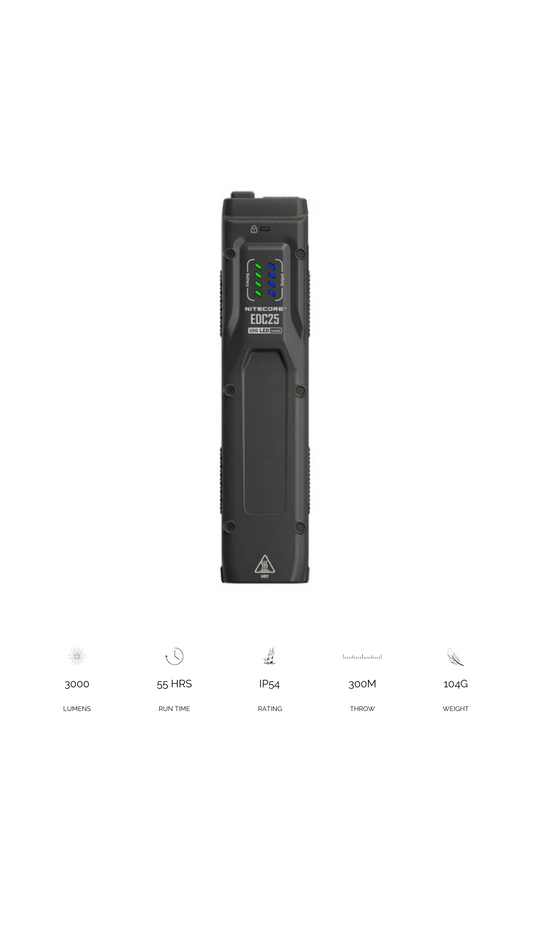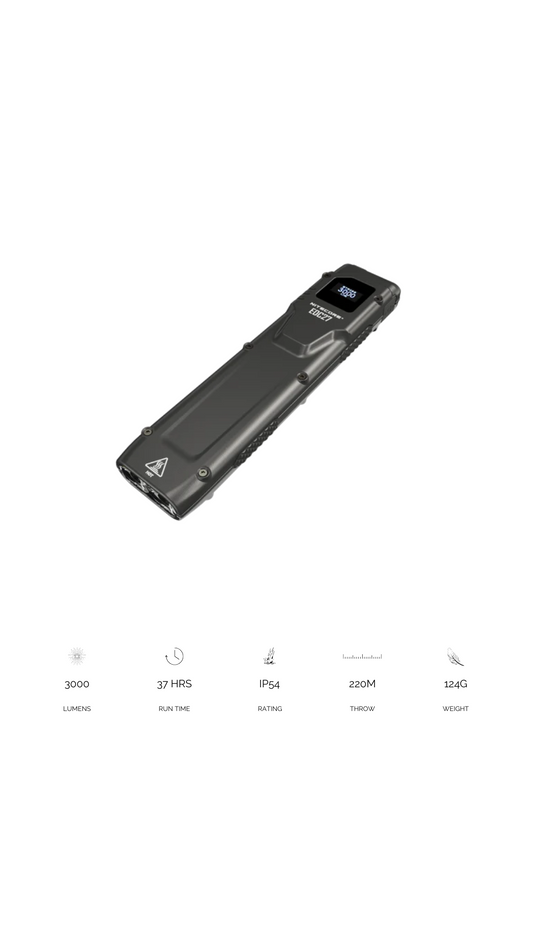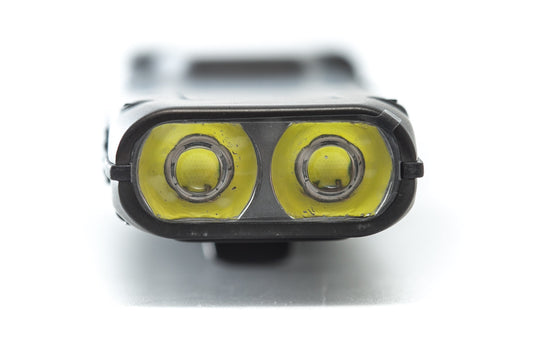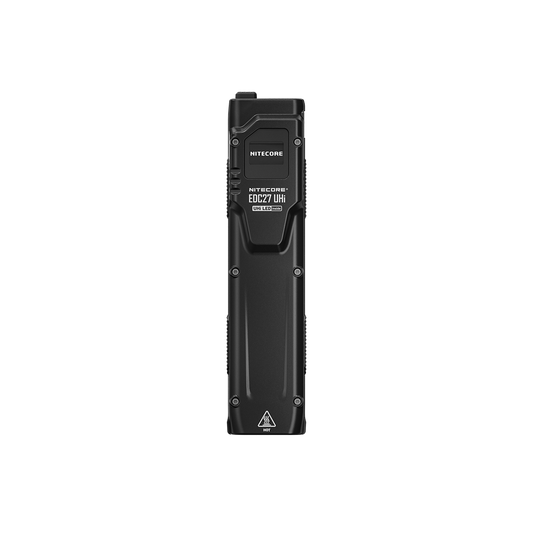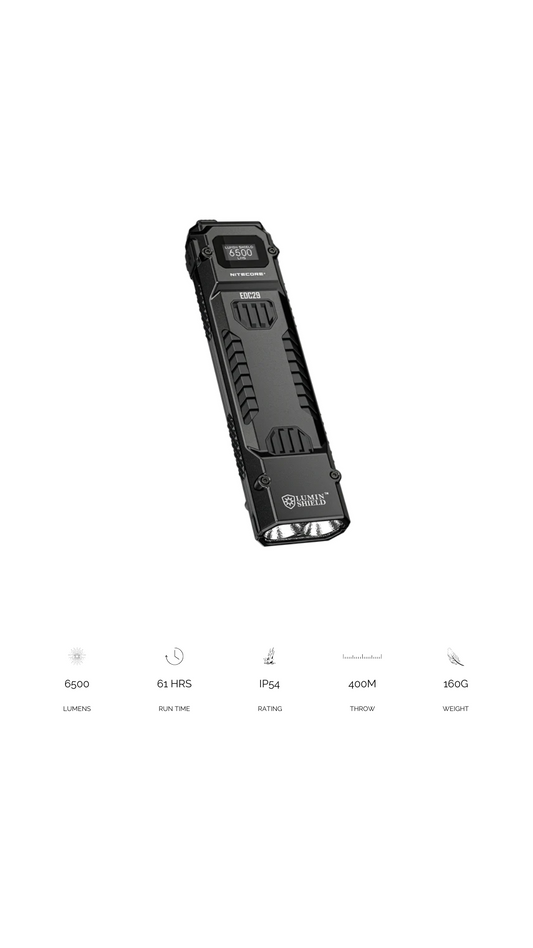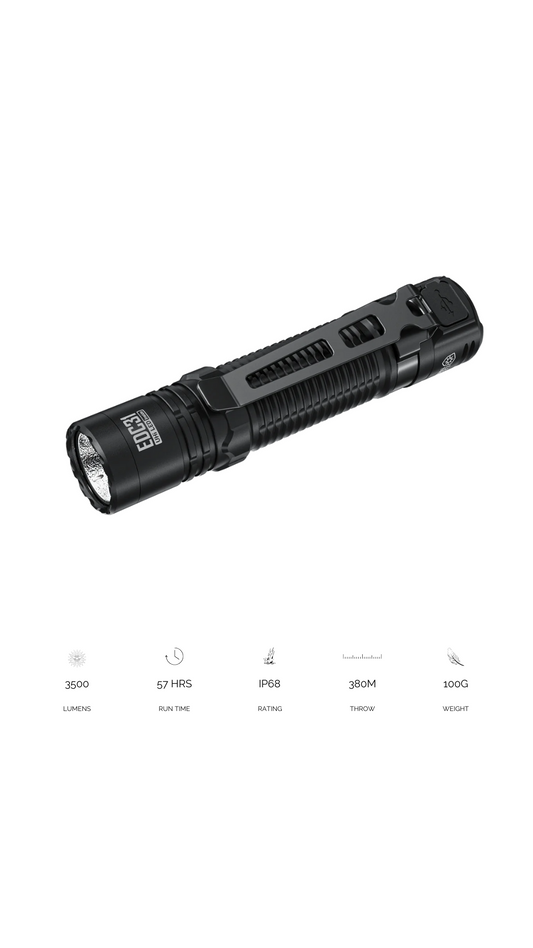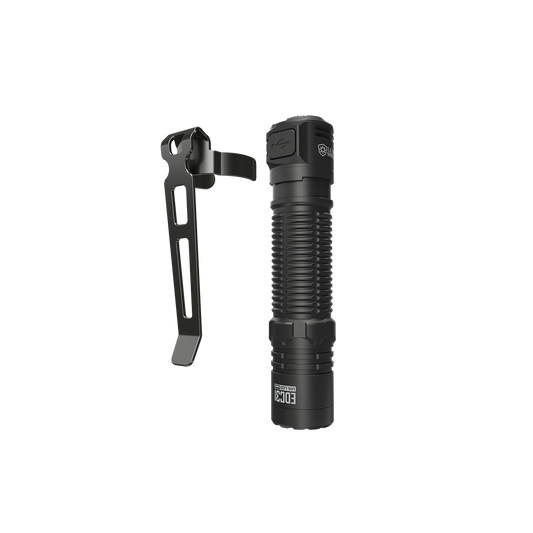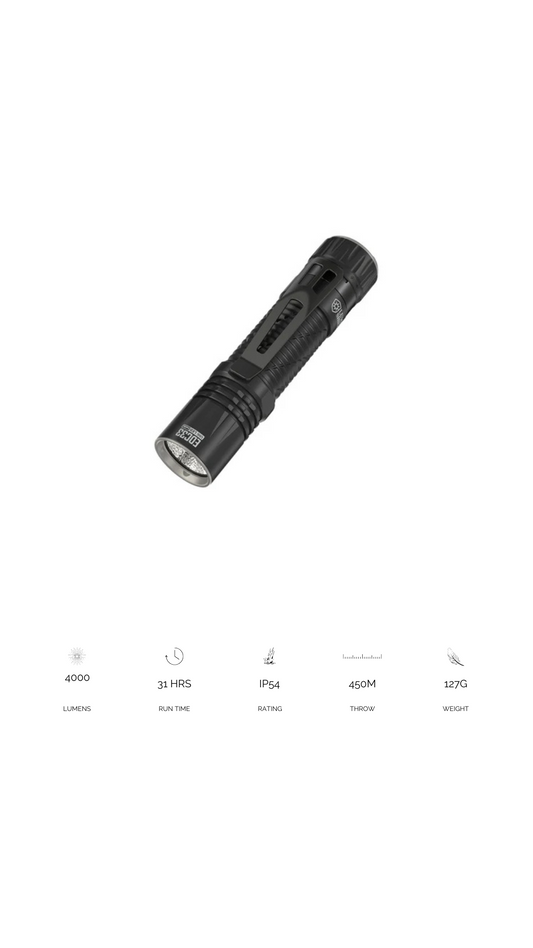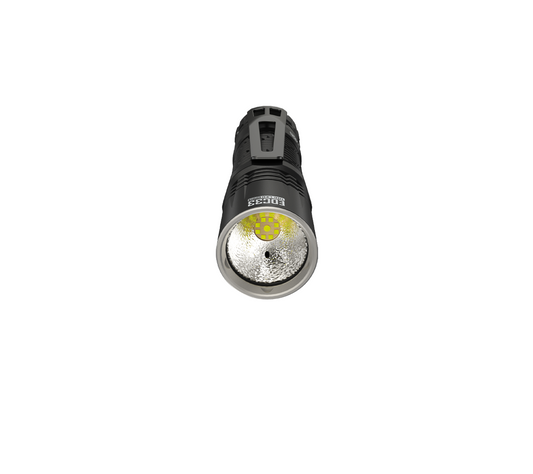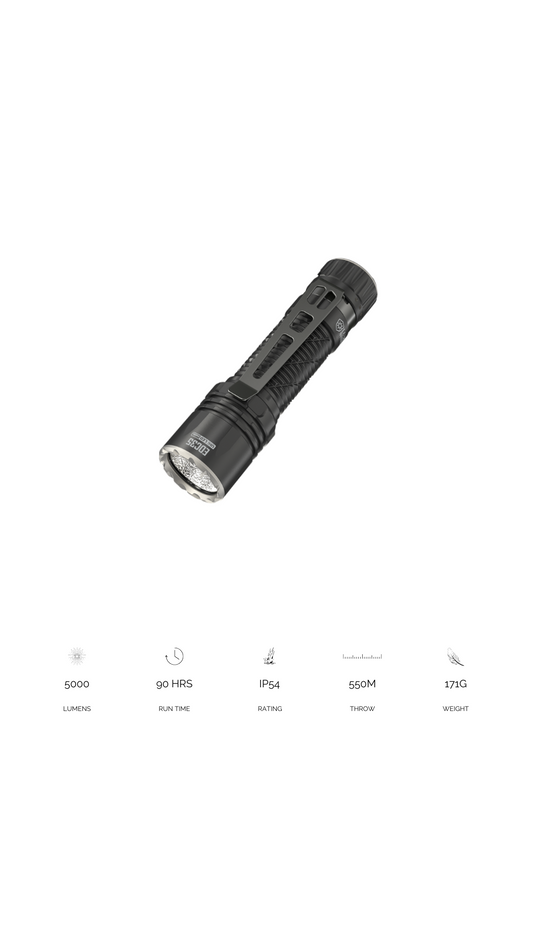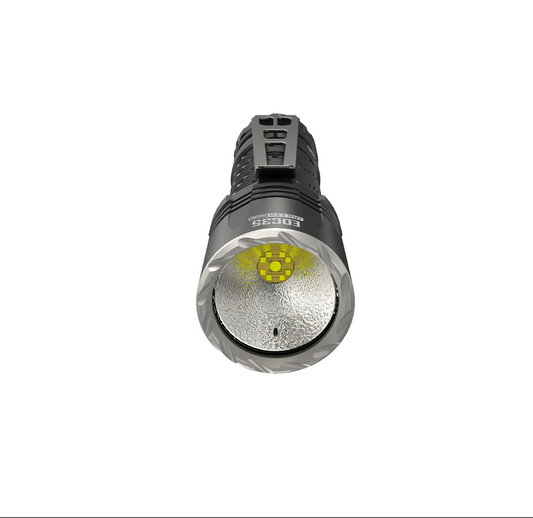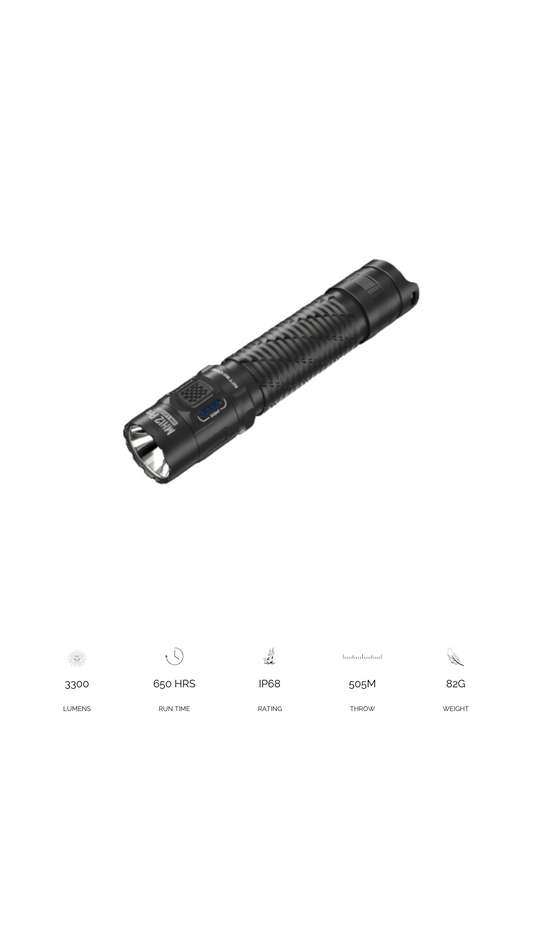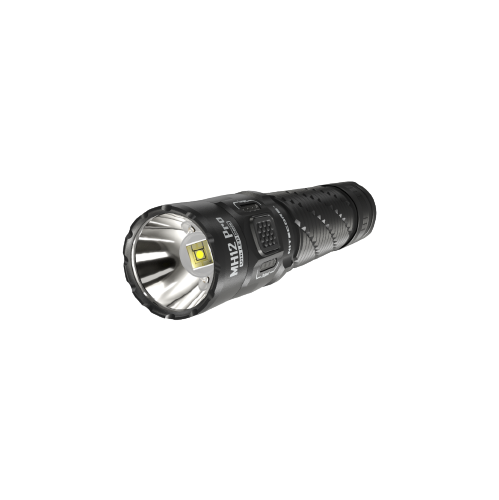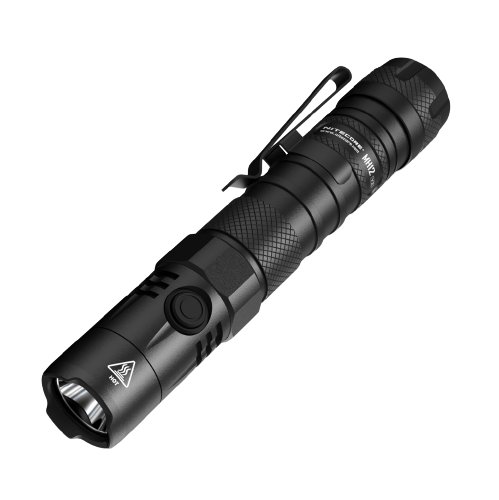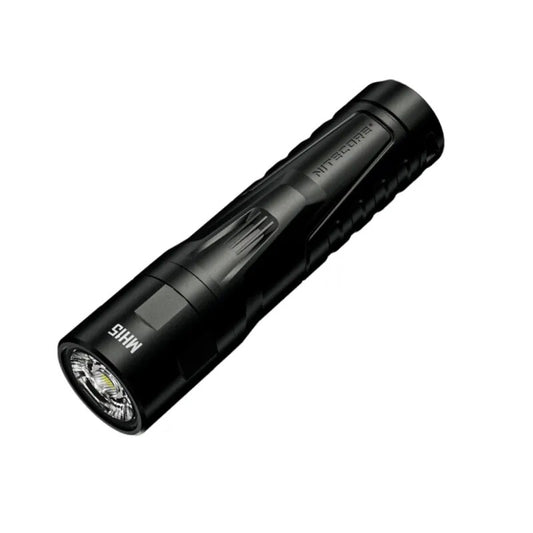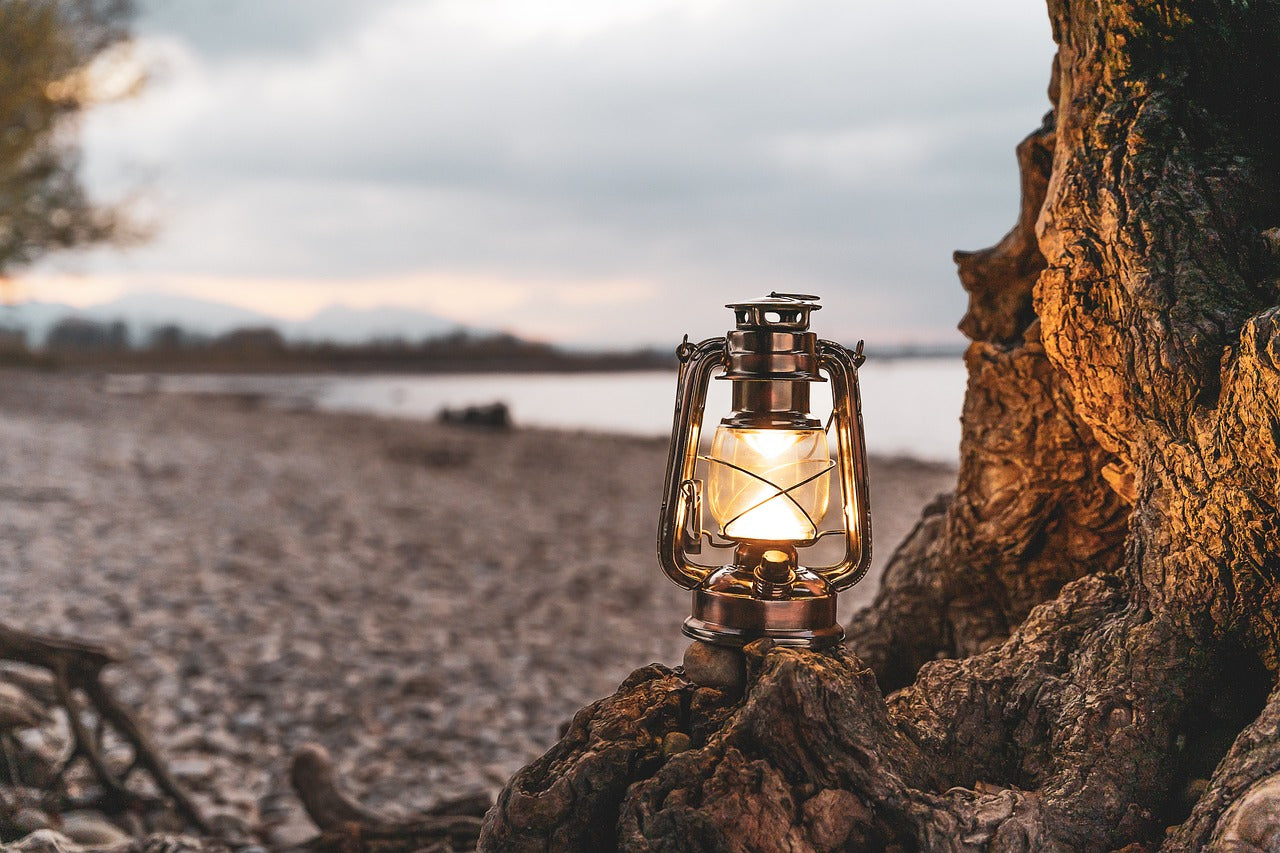
The 10 C’s for Urban Survival: Concealment
For when the SHTF.
Thriving in the dynamic urban landscape requires a blend of traditional survival wisdom and contemporary readiness. Understanding the crucial elements of survival is vital. These principles act as guiding lights, ensuring resilience and adaptability in challenging circumstances. To know which pieces of equipment to take with you in any survival situation, most experts will recommend the 5 C’s of Survival: cutting, combustion, cover, containers, and cordage. Which we will cover below.
Added to that we’ve merged the fundamental tenets of both urban and wilderness survival, so city dwellers can arm themselves with a versatile toolkit to confidently navigate various scenarios. Let's explore the amalgamation of not just the 5 C’s but expanded it to the 10 C's of survival, customized for urban environments.
Like anything in real life, you’ll of course need to add on, amend, or completely have to redo the items in your SHTF bag. Also, you’ll probably need multiple grab bags depending on your situation and where those bags are stashed. Like most articles on survival these “How To’s” are for one person. If you have the responsibility of not just yourself, you’re gonna need more stuff.
This article however brief is not for camping so you’re not going to see stuff thrown in for a prolonged stay. It’s grab, go, move, rest, move.
- Combustion
- Cutting tools
- Cover
- Container
- Cordage
- Communication
- Composure
- Concealment
- Commodity
- Currency

8. Concealment: Hiding in plain site
In urban environments, the quest for safety and security demands a comprehensive strategy that encompasses various aspects of preparedness, awareness, and community engagement. Let's delve deeper into each component to ensure a thorough understanding and implementation of effective urban survival techniques.
Blending in with your surroundings goes beyond mere attire; it's about adopting a mindset of situational awareness and discretion. Dressing inconspicuously helps avoid drawing unnecessary attention, but it's equally essential to observe and understand the rhythm of city life. Move with purpose and confidence, avoiding behaviors that may mark you as a target. By seamlessly integrating into your environment, you can reduce the risk of becoming a victim of crime or exploitation.
Moreover, enhancing safety through environmental familiarity involves thorough exploration and understanding of your surroundings. Take the time to map out alternative routes, noting landmarks, street layouts, and potential hazards. Identify safe havens such as well-lit public spaces, reputable businesses, or community centers where you can seek refuge if necessary. By familiarizing yourself with your neighborhood's geography and infrastructure, you can navigate urban spaces with greater ease and confidence.
In addition to physical preparedness, mental resilience plays a crucial role in urban survival. Equip yourself with the knowledge and skills to assess and respond to potential threats effectively. Consider enrolling in self-defense classes to learn practical techniques for protecting yourself in high-pressure situations. Practice situational awareness by staying attuned to your surroundings, recognizing potential danger signs, and trusting your instincts. By honing these mental faculties, you can maintain composure and make sound decisions in the face of adversity.
Furthermore, fostering a sense of community within your neighborhood is a powerful deterrent against crime and adversity. Take the initiative to build relationships with your neighbors, forming bonds based on mutual trust and cooperation. Establish neighborhood watch groups or communication networks to share information and support one another during emergencies. By working together as a cohesive unit, you can create a safer and more resilient urban community.
Additionally, staying informed about local resources and emergency protocols is essential for effective risk management. Familiarize yourself with emergency contact numbers, evacuation routes, and designated shelters in your area. Stay updated on local safety initiatives, crime trends, and community events through reliable sources such as neighborhood watch programs or city government websites. By staying informed and proactive, you can take preemptive measures to mitigate risks and respond effectively to emergencies as they arise.
In conclusion, navigating urban environments with confidence and resilience requires a holistic approach that addresses physical, mental, and communal aspects of safety and security. By blending into your surroundings, familiarizing yourself with your neighborhood, honing mental resilience, fostering community connections, and staying informed about local resources, you can enhance your personal safety and contribute to a safer, more secure urban environment for all residents.




